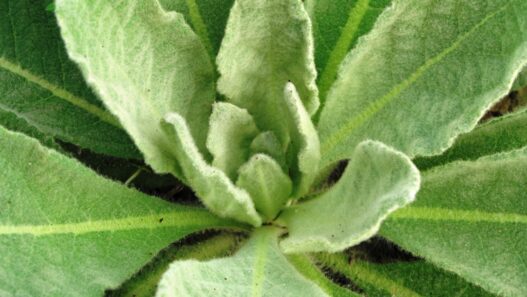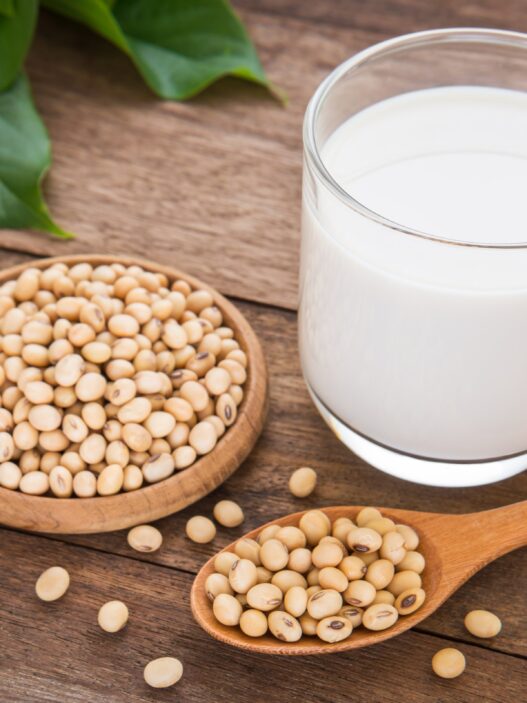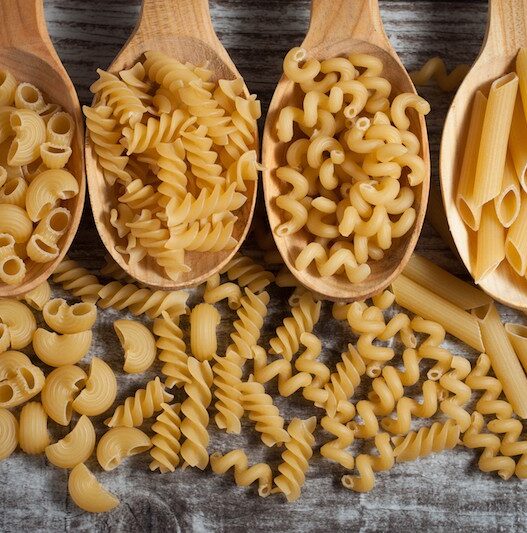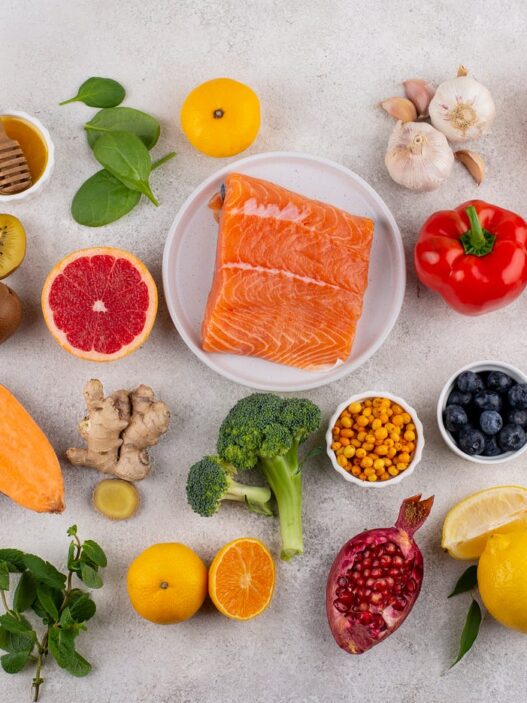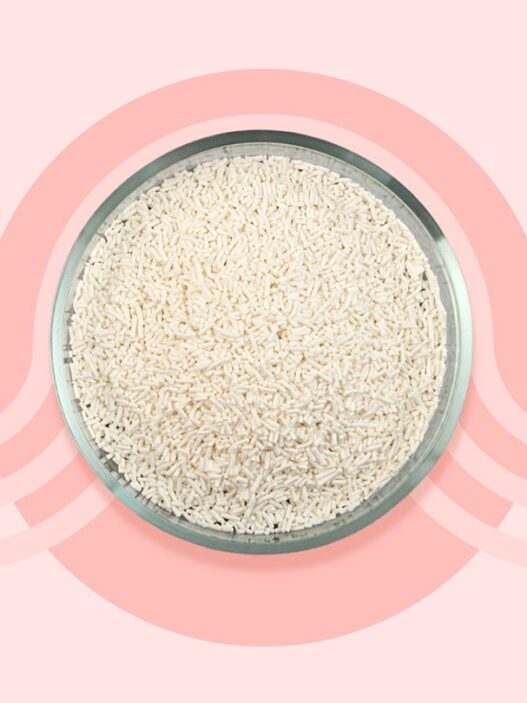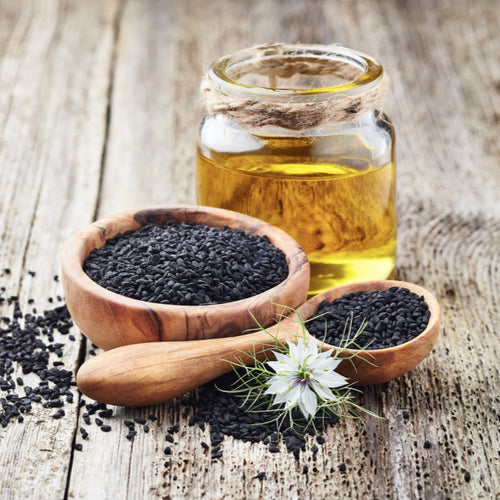The mullein plant (Verbascum thapsus) is as picturesque and anciently respected as few plants in the domain of herbal medicine.
Commonly found standing erectly like a silent sentinel, on sunny by-roads and in troubled soil, with its spike of tall flower and its velvety, smooth leaves, it has been a familiar object during centuries.
But the ravishing beauty is supplemented by a century-long herbal history, which has given it a kind of latent status in the present-day herbal apothecary.
The article discusses the possible advantages, key factors to be considered, and how people can effectively use mullein leaf in a wellness program.
The use of mullein is cross-cultural and intertemporal. The plant was employed by Ancient Greeks as an aid to respiratory health, and Native Americans appreciated the topical and internal calming effects of the plant.
The efficacy of the plant is ascribed, in large degree, to the high mucilage content–a gelatinous matter which on coming in contact with water becomes slip-slop. This mucilage is a demulcent, i.e. it coats and smooths irritated mucous membranes, chiefly in the respiratory and digestive tracts.
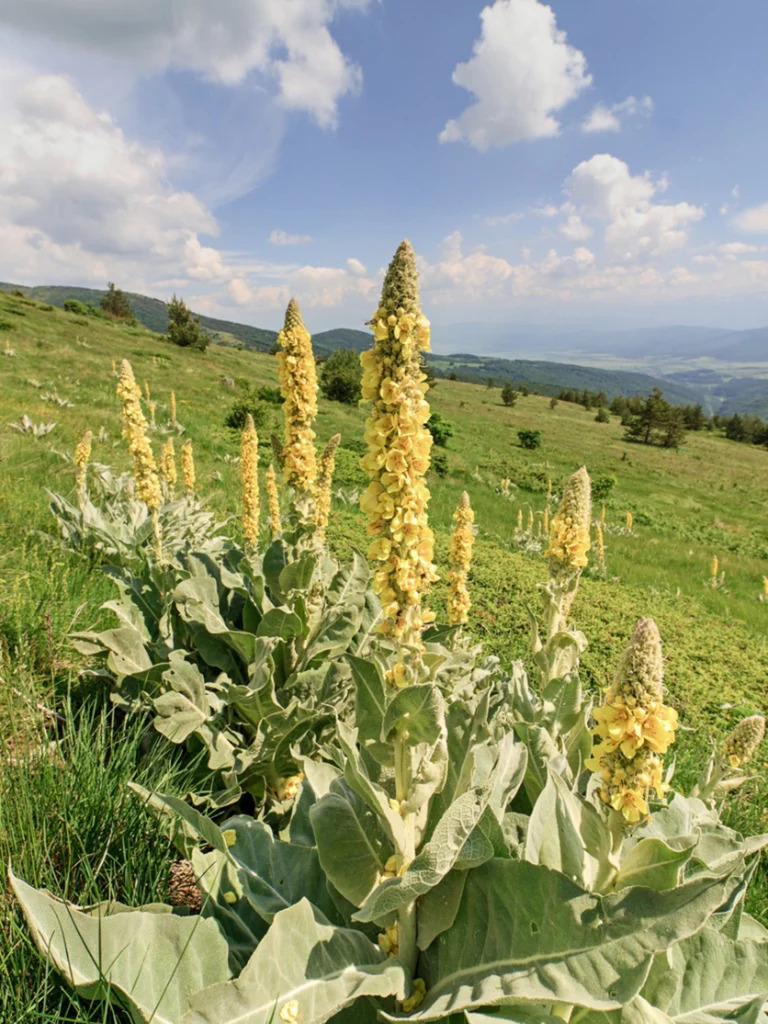
Potential Benefits
Although all its traditional applications have yet to be substantiated through robust clinical trials, the long history of mullein and its phytochemical profile are suggestive of a few core areas of benefit:
Respiratory Support
The most popular usage of mullein is respiratory. It is used to treat coughs and sore throats because it has a demulgent effect and is a good choice when dealing with a dry cough and hacking cough.
It also is believed to be an expectorant, which assists in loosening and expelling bronchial congestion, and therefore is commonly used to treat symptoms of bronchitis, asthma, and the common cold.
Ear Health
Mullein ear oil is a traditional, and remains popular, preparation. The infused leaves or flowers of the herbs are put on olive oil, with or without garlic, as a mild remedy to ear discomfort.
The most important thing to keep in mind is that this should not be applied unless the eardrum is confirmed to be intact by a healthcare professional.
Anti-Inflammatory Action
Mullein contains chemicals such as the saponins and flavonoids which are said to have anti-inflammatory and antioxidant effects. This can help to make it rather soothing to the body, inside and when applied topically over slight irritations on the skin.
A Responsible Approach: Risks and Considerations
The important thing is to take a responsible approach to any herbal supplement. Mullein is mostly considered safe to the vast majority of users, but there are some precautions that literally cannot be compromised.
Good Preparation is Essential:
The filamentous fibres, which resemble hair, on the new leaf are irritable to the palate in large quantities. To avoid irritation of the throat by these particles, any tea that is prepared with mullein leaf should be carefully filtered using a fine-meshed filter paper or cheesecloth.
Pregnant Women, Breastfeeding Women and people with pre-existing conditions:
Pregnant women, breastfeeding women and patients with pre-existing conditions should consult a healthcare provider before using. Although interaction is not common, it is a good practice to consult a professional when taking new supplements, particularly when taking drugs that treat diabetes or chronic respiratory disease.
Sustainable and Pure Sourcing:
Mullein is a bio-accumulator, i.e., capable of extracting heavy metals and other pollutants out of the ground. This is why wildcrafting is only acceptable in places that are considered to be polluted free. The best and safest course of action that consumers can do is to buy organically cultivated or ethically wildcrafted mullein with reliable suppliers.
To the modern consumer, mullein is a natural and mild alternative to breathing support. It is a good introduction to herbal remedies because it is very accessible.

Where to Find It:
Mullein is native to Europe, Asia and northern Africa, but has naturalized in large quantities on the North American continents. It grows in sunny and well drained places.
Buying dried leaf at a reputable herbalist, health food shop, or online store that specializes in organic herbs is the simpler and more secure way of obtaining one, to most.
How to use it:
Prepared as a simple infusion (tea) is the most common type of preparation.
1. Put 1-2 teaspoons of dried mullein leaf in 8 ounces of water boiled just now, and steep.
2. Most importantly, filter the tea through a coffee filter or very fine mesh to create a safe smooth drink.
3. Eat it simple or add a little honey and lemon as extra calming properties.
Mullein can be found also in liquid extract (tincture) and as an important component of respiratory-supportive herbal tea mixes.
Conclusion
Mullein leaf is one of the symbols that attests to the perennial efficacy of plant medicine. It is a combination of the old and the new holistic practice and an effective but gentle alternative to those who wish to utilize natural respiratory and stress-reducing strategies.
We can still tap into the silent power of this great common weed by knowing its advantages and by observing its warnings, and finding its responsible sources. Similarly, the safe and effective wellness process is educated and applied alongside professional medical consultation.






